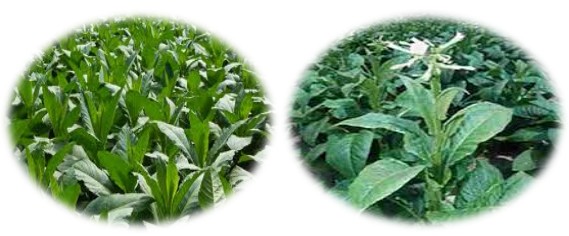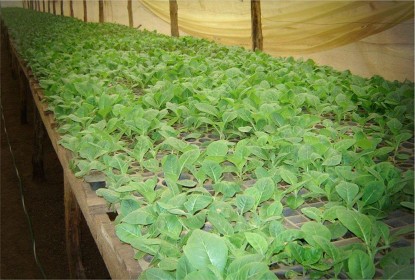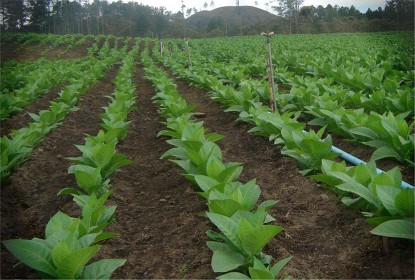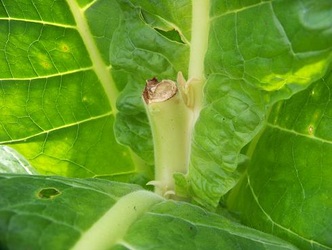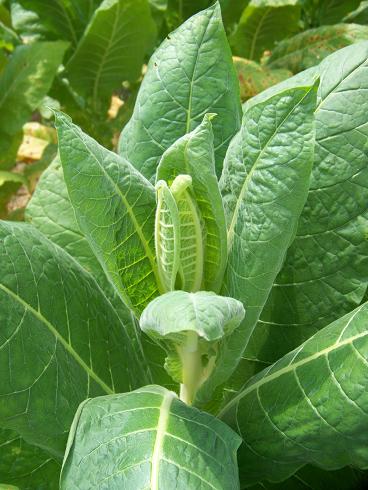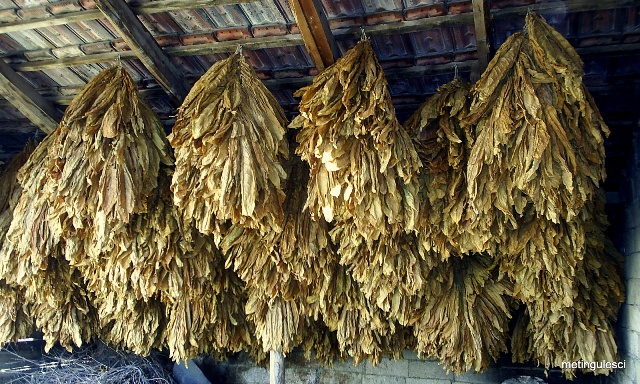
|
|||||||||||||||||||||||||||||||||||||||||||||||||||||||
| Home | Seasons & Varieties | Tillage | Nutrient Mgmnt | Irrigation Mgmnt | Weed Mgmnt | Crop Protection | Cost of Cultivation | Photobank | |||||||||||||||||||||||||||||||||||||||||||||||||||||||
Tobacco (Nicotiana tabacum) |
|||||||||||||||||||||||||||||||||||||||||||||||||||||||
| Origin and distribution
The genus Nicotiana includes more than 60 species, of which N. tabacum and N. rustica are the two commonly cultivated for producing commercial tobacco. N. tabacum is widely cultivated in most countries of the world while N. rustica is restricted to India, Russia and few other Asiatic countries. The primary centre of origin of N. tabacum is South America and that of N. rustica peru.
Tobacco seeds are very small and egg-shaped with thick seed- coat. They are about 0.75 mm long, 0.53 mm broad and 0.47 mm thick. Depending on the variety and the conditions under which the seed is produced, the size and the weight of the seed vary considerably. In N. tabacum the average weight of the seed is 0.08 to 0.09 mg and there are 11,000 - 12,000 seeds per gram. In N. rustica, the seed is larger and about three times heavier. The emerging seedlings are tiny and delicate and therefore, the seeds are unsuitable for sowing directly in the field. Hence they are sown in small areas called nurseries or seed beds and tended carefully till the seedlings attain a particular size before transplanting in the main field. For successful raising of nurseries proper location, good preparation and manuring, adequate facilities for watering and timely controlling of pests and diseases are essential.
Topping is removal of terminal bud with or without some of the op leaves just before or after the emergence of the flower head. Desuckering or suckering
After topping, the auxillary buds grow and put forth shoots known as suckers. Removal of these suckers is called desuckering or suckering.
Seasons Weed problems in tobacco are acute both in the seedbed and in the transplanted crop. Orobanche is also a predominant parasitic weed in tobacco. Nurseries Against Orobanche cernua (broomrape) in particular, fumigating with DMTT granules at 300-500 kg ha-1 about 30-40 days before transplanting tobacco seedlings is effective.
Curing is a slow process of starvation phenomenon to produce dried leaf of suitable physical and chemical property attained by various regimes of ventilation, temperature and humidity control. At the completion of curing process, even though the leaf is dead in the biological sense, some active enzymes may be present. The freshly harvested leaf may be grouped into three components, which are likely to change upon curing. The static group, dynamic group and nitrogen group are the three classes.
|
|||||||||||||||||||||||||||||||||||||||||||||||||||||||
| Home | Seasons & Varieties | Tillage | Nutrient Management | Irrigation Management | Weed Management | Crop Protection | Cost of Cultivation | © TNAU 2008 - 2024 All Rights Reserved. |
|||||||||||||||||||||||||||||||||||||||||||||||||||||||
